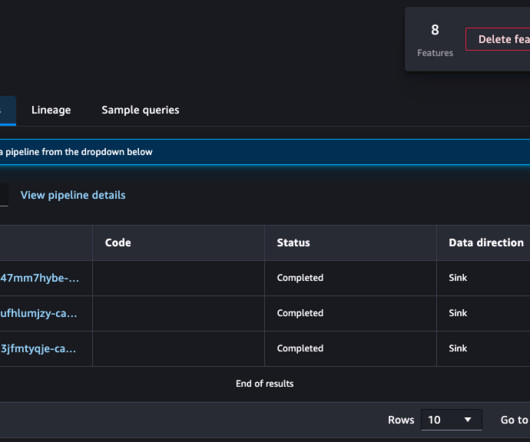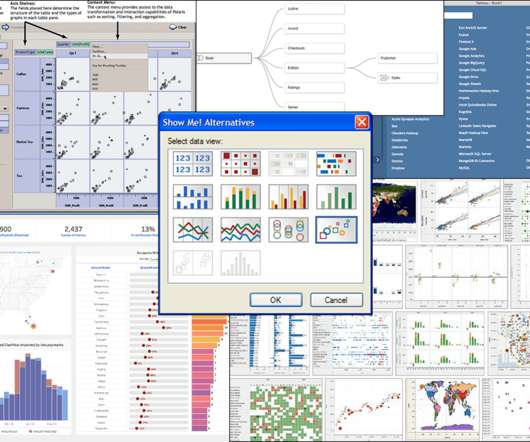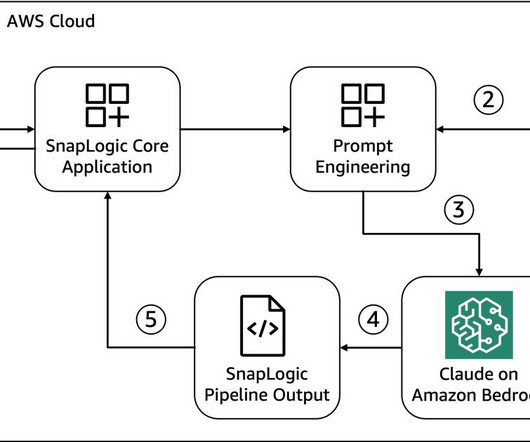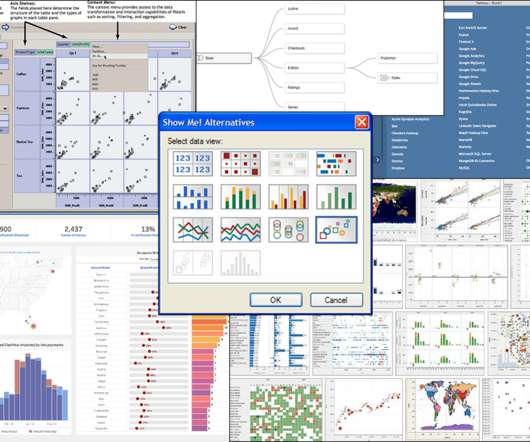The mystery of indexing – A guide to different types of indexes in Python
Data Science Dojo
MAY 3, 2023
Most Data Science enthusiasts know how to write queries and fetch data from SQL but find they may find the concept of indexing to be intimidating. Using the “Top Spotify songs from 2010-2019” dataset on Kaggle ( [link] ), we read it into a Python – Pandas Data Frame.













Let's personalize your content